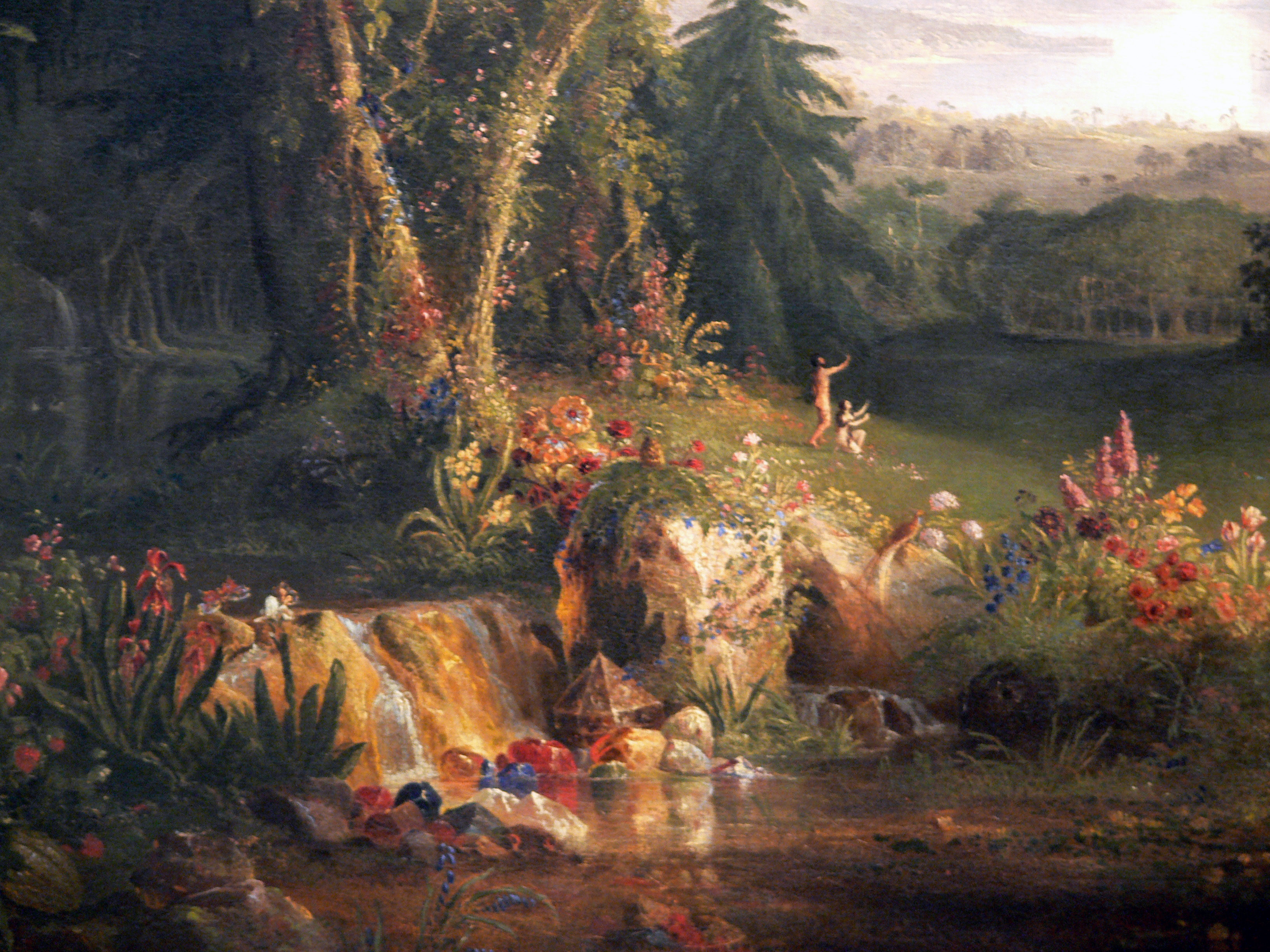

The pure mathematical character of Cantor’s Theory brought a new aspect to mathematics and mathematics education and it is beter understood that the actual educational importance of mathematics is coming from it is being a mental gymnastics. Cantor’s studies especially on infinity are revolutionary in mathematics and led important improvements in various fields of mathematics, mainly on topology. INFINITES OF GEORG CANTOR Abstract Georg Cantor is the pioneer of set theory and mathematical formalism. Anahtar Kelimeler : Matematiksel sonsuz, kardinalite, matematiksel formalism. Calismamizda pur matematiksel teorilerin gelisim surecleri icin en ogretici ve en guzel orneklerden birini olusturan bu onemli konu, tarihsel gelisimi icinde ele alinmis ve modern sonsuzluklar teorisinin ozgun bir pur sembolik bicimsel anlatimi sunulmustur. Matematigin, herhangi bir ulus diline bagli olmayan bicimsel sembolik dili ise, onun evrensel ve dakik bir iletisim araci olmasinin en onemli gostergesidir. Cantor Kurami’nin pur matematiksel karakteri, matematige ve matematik egitimine yeni bir bakis acisi getirmis ve matematigin asil egitimsel oneminin, bir zihin jimnastigi olmasindan geldigi daha iyi anlasilir olmustur. Cantor’un ozellikle sonsuzluklarla ilgili calismalari matematikte devrim niteligindedir ve basta topoloji olmak uzere matematigin cesitli alanlarinda onemli gelismelere yol acmistir. Ozet Georg Cantor, kumeler kurami ve matematiksel bicimciligin oncusudur. We discuss the contributions of Georg Cantor, Maurice Frechet and Felix Hausdorff.

In §2, which deals with the prehistory, we describe in particular the historical background of the concept of an abstract topological space. In this paper we concentrate on the first and the last period: the prehistory and on the period of harvesting. That is why we will call this period the period of harvesting. However, much work from the golden age was also an investment in the future, an investment that started to yield fruit in the third period lasting from the 1960s until the present. Many of the results from that period can be viewed as a necessary consequence of the genesis of the subject. The second period, roughly from the 1920s until the 1960s was general topology's golden age. The prehistory resulted in a definition of general topology, but it left many questions unanswered. It led to the work of Hausdorff, Brouwer, Urysohn, Menger and Alexandroff. The first period is the prehistory of the subject. In the history of general topology we distinguish three periods. This primary goal continues to yield interesting problems and results, which derive their significance from their relevance with respect to this primary goal and from the need of applications. The primary goal in general topology, also sometimes called point set topology, is the investigation and comparison of dierent classes of topological spaces.

Of the many possibilities, we decided to report on the one hand on the genesis of general topology and on the other hand on infinite-dimensional topology and set theoretic topology.1 For a much more comprehensive desciption of (parts of) the history of general topology, we refer the reader to (15). So this paper is not a paper on the history of general topology, it is a paper on the history of its interactions with other fields of mathematics. In his letter of invitation to contribute to this "Handbook of the History of Topology", Professor James asked us to discuss the role of general topology in other areas of topology.


 0 kommentar(er)
0 kommentar(er)
